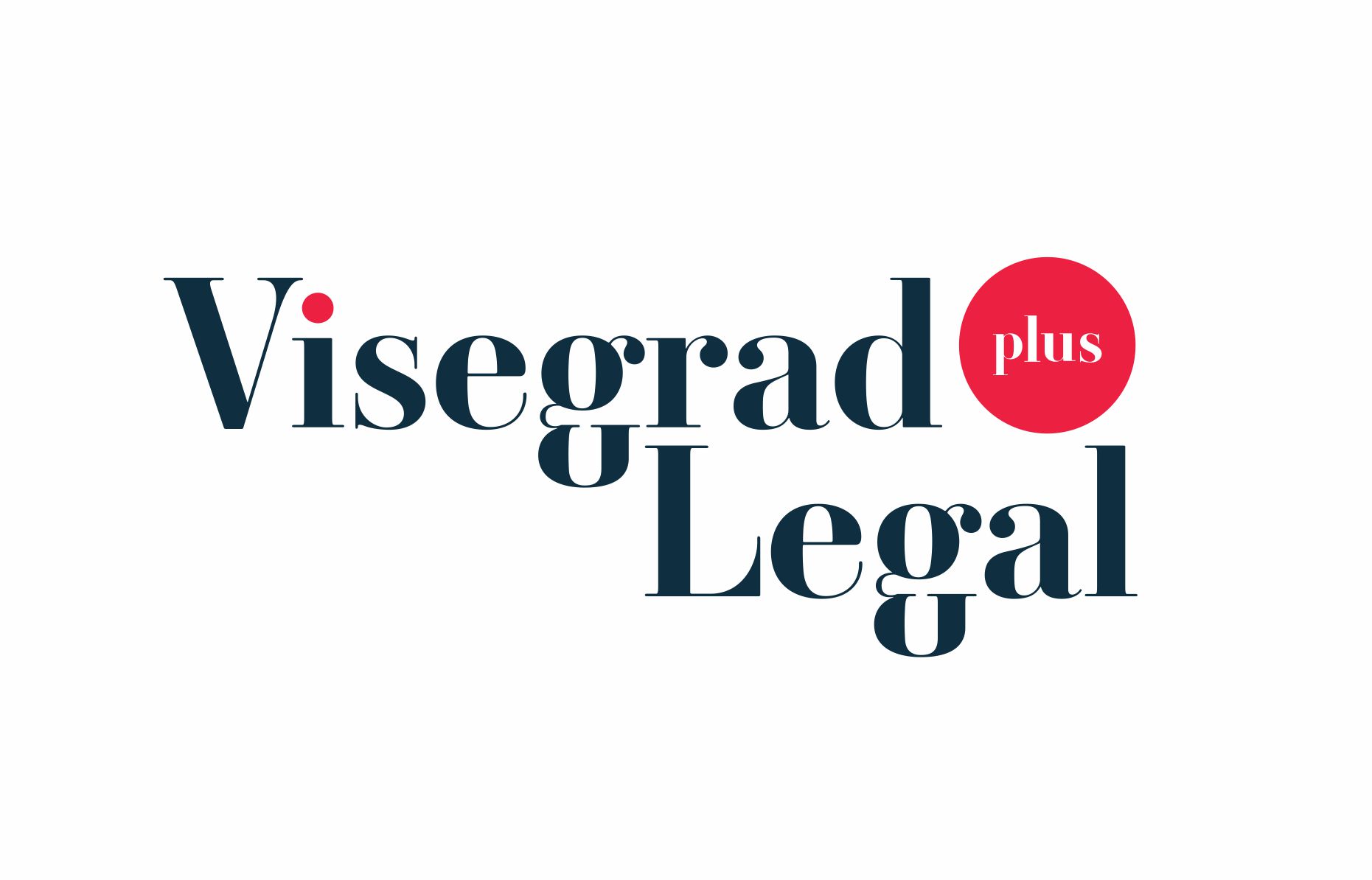If you are considering buying property in Croatia, you will quickly come across two key public records: the Land Registry (in Croatian: zemljišne knjige) and the Cadastre (in Croatian: katastar). While they both contain information about real estate and are related to some extent, they serve different purposes, are managed by different authorities, and—due to historical reasons—are not always in sync. Understanding this distinction is essential for anyone buying property in Croatia.
1. Cadastre
The Cadastre is responsible for describing the physical characteristics of real estate:
Parcel boundaries and size
Location and map reference
Type of land use (e.g., agricultural, building land)
Buildings and other structures on the land
It also lists possessors — the people who currently use or manage the property. Possession in this context does not mean legal ownership; it simply reflects who is physically in control or declared as the possessor for administrative purposes, such as tax or land use records.
Cadastral survey is a systematic process of collecting and processing all necessary data for the precise recording of land parcels, buildings, and other structures. The main purpose of this process is to establish or update cadastral parcels, record structures, register special legal regimes and land use, and create a new cadastral database of real estate. A cadastral survey is conducted when it is necessary to align the current records with the actual situation on the ground, when infrastructure or urban planning projects are initiated, or to eliminate long-standing discrepancies between cadastral and land registry data.
A cadastral survey is carried out for an entire cadastral municipality or part of it, and includes the collection of information such as:
· boundaries and limits of cadastral parcels
· parcel addresses
· the manner of use of the land and its individual parts
· the total area of the parcel and the areas of its different parts according to use
· special legal regimes established on the land (e.g., cultural heritage protection, infrastructure corridors).
For buildings and other structures, the survey records their location, shape, house number, manner of use, and compliance with construction regulations.
During the cadastral survey, data on rights holders of the properties are also collected based on available documents (land registers, cadastral land records, contracts) and statements from interested parties. However, this ownership information is auxiliary in nature — it primarily serves the public display of the cadastral survey report, while legally binding ownership registration continues to be carried out in the Land Registry.
2. Land Registry
The Land Registry is responsible for recording legal rights to the property described in the Cadastre and is maintained by the Land Registry Departments of municipal courts. It shows further data relating to each real estate:
Ownership rights
Mortgages, liens, easements
Restrictions on use or disposal
Only the Land Registry provides legally binding proof of ownership in Croatia. If you are listed here as the owner, you are presumed by law to be the rightful owner.
One of the cornerstones of Croatian property law is the principle of reliance on the Land Registry. This principle plays a crucial role in ensuring legal certainty in real estate transactions and protecting buyers who act in good faith. The Land Registry is the official public record of real property rights in Croatia. Its entries are presumed to be accurate and complete, and it is accessible for inspection by anyone. Legally, all persons are deemed to know the information recorded in it, even if they have not actually checked the registry themselves. The registry is not only a record—it is the primary legal source for determining who owns a property, what encumbrances exist (such as mortgages, easements, or usufruct rights), and whether any restrictions apply.
The principle of reliance means that a person who acquires a real right (most commonly ownership) in good faith, relying on what is stated in the Land Registry, will be legally protected—even if the registered data turns out to be incorrect. In other words, if you purchase a property from someone who is registered as the owner, and you had no reason to doubt that registration, your ownership will be safeguarded by law, even if later it emerges that the seller was not the true owner. This legal protection ensures that transactions are secure, predictable, and based on a trustworthy public record.
While today this principle is fully integrated into Croatian law, its application was gradual. For decades after the socialist period, many properties were still registered as “social ownership” or contained outdated entries. This led to situations where the Land Registry did not match the actual legal or factual state of the property. Full legal protection of reliance came into effect on 1 January 2017, after a series of transitional laws and court interpretations. Before that date, courts applied the principle inconsistently, sometimes refusing to recognize it in certain cases. The Constitutional Court and Supreme Court of Croatia played a crucial role in confirming its importance and guiding consistent application.
For anyone purchasing property in Croatia—especially foreigners—the principle of reliance is a key safeguard. It ensures that:
· The person registered as owner can validly transfer ownership rights.
· You are not held responsible for hidden defects in the chain of title that are not visible in the registry.
· Real estate transactions are grounded in legal certainty.
However, this protection works only if you rely on the Land Registry. Other registers, such as the Cadastre are not authoritative for ownership—they describe the physical property but do not prove who owns it.
3. Common Issues and Mismatches
It is not unusual for information in the Land Registry and the Cadastre to differ — for example, a person may be registered as owner in the Land Registry, but the Cadastre may still list the previous owner or outdated parcel data.
In such cases, reconciliation (harmonization) procedures are needed to align the records. In Croatia, harmonization of the cadastre and the land registry is the process of aligning the data recorded in the cadastral register with that in the land registry. The mismatch is largely a legacy of past practices. Decades ago, it was common for buyers and sellers to avoid paying real estate transfer tax by not registering ownership changes in the land registry. Instead, transactions were often handled informally, without initiating the official registration process. As a result, the actual legal owner in the land registry might be someone entirely different from the person currently in possession of the property. In many cases:
· Sales contracts exist but were never registered
· Original documents may have been lost over time, with only unsigned or non-notarized copies remaining
· Without a notarized signature, such documents cannot serve as a valid basis for registration in the land registry
For foreign buyers, these discrepancies highlight the importance of conducting thorough due diligence before purchasing property in Croatia. Never rely solely on the cadastral record—it does not prove ownership. The land registry extract is the only reliable source of legal ownership, and any inconsistency between the two records should be addressed before signing a purchase contract.
4. Key takeaways for property buyers
When purchasing property in Croatia, due diligence should always include checking both the land registry and the cadastre. Each serves a distinct purpose, and understanding their roles is essential to making a secure investment.
The land registry is the definitive source for confirming legal ownership and the rights attached to a property—such as mortgages, easements, rights of way, or any restrictions. If your name is not recorded here after a purchase, you are not legally recognized as the owner, regardless of any contract you may hold.
The cadastre, on the other hand, records the technical and spatial characteristics of a property. It shows parcel boundaries, measurements, land use classification, and building footprints. While it is indispensable for understanding the physical aspects of the property, it does not prove who owns it—it only records possession, which may or may not align with actual ownership.
Because the two registers have historically been maintained separately, discrepancies between them are still common in Croatia. A property might appear in the cadastre under one person’s name and in the land registry under another, or the plot boundaries in one register might differ from those in the other.
For buyers, this mismatch can lead to significant problems—from delays in registration to full-blown ownership disputes. Therefore, any discrepancies should be identified and resolved before signing a purchase contract. Doing so ensures that what you are buying is not only physically defined but also legally recognized, protecting you from future legal or practical complications.
Authors: Anja Juršetić Šepčević, managing partner
Text prepared and verified on: August 13 2025


